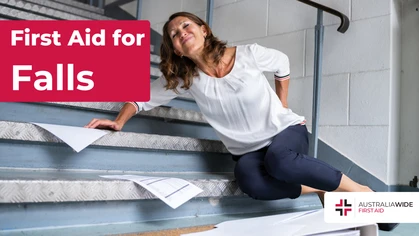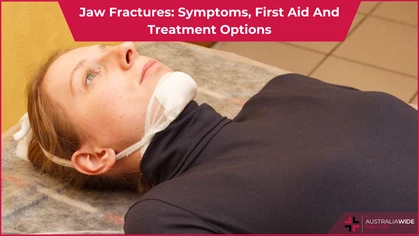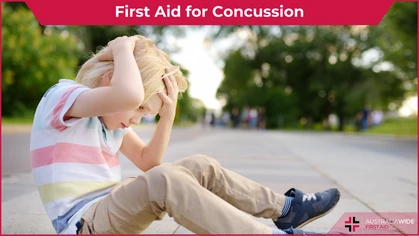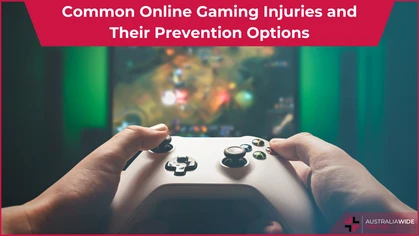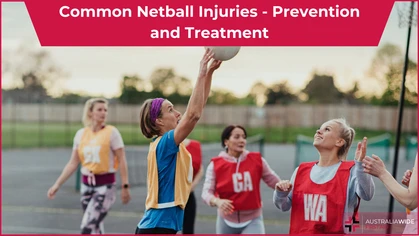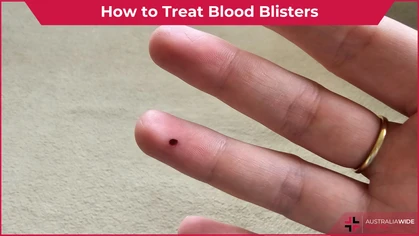Treatment Muscle Cramps and Spasms

Injury
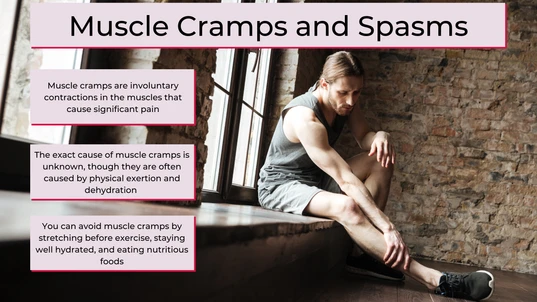
Muscles cramps are often called 'charley horse'. They are sudden, involuntary contractions in the muscles that can cause significant pain. They are often caused by muscle exertion, strain, or fatigue, though they can indicate something more serious.
Muscle cramps and spasms are common complaints, and they can be extremely painful and frustrating. They can keep you from doing the things you love, and they can even make it difficult to do everyday tasks. In this article, we'll take a look at some of the best ways to treat muscle cramps and spasms. We'll also provide some tips for preventing them. So if you're currently dealing with the frustration of muscle cramps and spasms, keep on reading!What are muscle cramps?
Muscle cramps are sudden, involuntary contractions or spasms in the muscles. They are often brought on by physical activity, though some people get them at night. Cramps can be painful, and they can last from a few seconds to several minutes. Cramps can affect any muscle. However, they mostly occur in the leg, including the calf and the front and back of the thigh.Do you have symptoms?
Symptoms of muscle cramps can include a sharp pain, or a pain that is duller and more intermittent. You might also feel a hard lump beneath your skin where there's been excessive strain on the tissue, which causes it to become swollen. Cramping can also be accompanied by heat-induced swelling.What causes muscle cramps?
The exact cause of muscle cramps is unknown. However, they are usually caused by overuse of the muscle, muscle strain, muscle fatigue, or simply by holding a position for a long period of time. Dehydration and loss of electrolytes also often contribute to muscle cramps. Dehydration causes muscle cramps, as water plays an integral part in circulating minerals and nutrients around the body that keep muscles and organs functioning correctly. Most muscle cramps are harmless and resolve on their own. However, some may be related to an underlying medical condition, such as:- Neurological conditions, spinal cord injury
- Muscle disorders, such as dystonia
- Metabolic disorders, such as kidney failure or hypothyroidism
- Connective tissue disorders, such as lupus.
- Atherosclerosis or narrowing of the arteries
What are the risk factors?
Certain risk factors may also increase your risk of developing muscle cramps, such as:- Age: Muscle cramps are more common in older adults
- Pregnancy: Pregnant women are more prone to muscle cramps due to the increased demand on their bodies and the additional weight they are carrying. For this reason, being overweight or obese is also a risk factor for muscle cramps
- Exercise: Muscle cramps can sometimes be caused by overexertion during exercise or during a soft tissue injury. Muscles cramps can also be caused when a person does not adequately warm up or cool down for exercise sessions. Likewise, exercising can contribute to the loss of electrolytes through sweat and can lead to dehydration, a common cause of muscle cramps
- Medications: Certain medications, such as diuretics and beta blockers, can contribute to muscle cramps
- Inadequate diet: Muscles and organs rely on a host of minerals and nutrients to function correctly. If you do not eat a varied and nutrient-rich diet, it can increase your risk of muscle cramps
How to prevent muscle cramps and spasms?
- Warm up and stretch prior to exercising, and cool down afterwards
- Drink plenty of water before, during, and after exercise
- Increase your level of strength and physical fitness prior to attempting high intensity exercise sessions
- Wear well-fitting footwear
- Eat a nutritionally adequate diet that includes plenty of fruits and vegetables
- Receive regular massages at massage day spas like our recommended partner Thai Fusion Spa to relieve muscle tension
What to do when you experience muscle cramps?
Cramps are never fun, but there's some things you can do to make them less painful. First off, stop any physical activity. Then:- Lengthen the cramping muscle using a gentle, sustained stretch and then lightly massage the area until the cramp subsides. If you require additional assistance with understanding how to stretch muscles, consult a physiotherapist
- In cases of severe cramp, apply a wrapped ice pack to the affected area for a few minutes. This may help the muscle relax
- If the muscle cramp is caused by dehydration, also make sure to move the casualty to a cool place and encourage them to drink water (though not too much, as this may cause them to vomit and worsen their condition)
When to see a doctor?
You should consult a doctor if you begin to experience muscle cramps frequently, or if they last for a long time and cause persist pain. You should also consult a doctor if the cramping does not respond to supportive treatments. If left untreated, muscle cramps can cause severe health complications like irritation of the spinal nerve, hardening of the arteries, and thyroid disease (among others).Conclusion
Muscle cramps are sudden, involuntary contractions of the muscles that can cause severe pain. They are often caused by physical exertion, dehydration, or inadequate nutritional intake. Muscle cramps can generally be prevented and treated using supportive measures at home. However, they can sometimes be indicative of more serious underlying health conditions. To learn more about how to prevent, identify, and manage muscle cramps, book a first aid course near you.
Originally published at
https://www.australiawidefirstaid.com.au/resources/treatment-muscle-cramps-and-spasms
as part of the Australia Wide First Aid Articles Library
